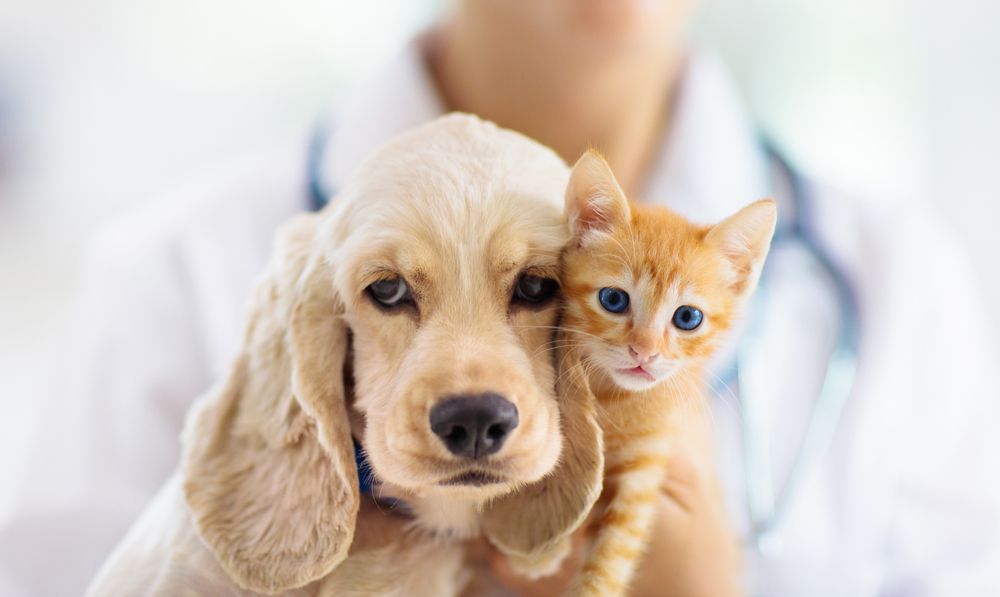Uses of Pet Ultrasounds in Johns Creek, GA
Table of Contents

Ultrasounds are a very safe and effective way of enabling your veterinary professional to view what is happening inside your pet’s body. As such, ultrasound scans are considered to be a very valuable diagnostic tool and regularly form a part of the diagnostic process.
As you might expect, a pet ultrasound isn’t at all dissimilar to a human ultrasound and works in the same way. A special gel is used to conduct the sound waves, which will pass from the ultrasound scanner into your pet’s body and return as echoes, forming a picture on the screen in real-time. The scanner can be manipulated over the area, giving your vet a comprehensive look at your pet’s internal organs and structures so that any abnormalities can be detected. Where necessary, still images of the findings can be recorded to be used in the diagnosis and treatment process.
Ultrasound scans are non-invasive and completely painless. Provided that your pet will be able to sit still whilst the scan is being carried out, there will be no need for any anesthetic or sedation. There will also be no recovery and you and your pet will be able to go home immediately following the ultrasound appointment. It is important to be aware that in some instances, particularly with pets that have very thick coats, it may be necessary for a little of your pet’s fur to be shaved so that the ultrasound scanner probe can make more effective and consistent contact with their body. This helps to ensure the quality of the images that are obtained and the accuracy of any diagnosis that is made.
What Can a Pet Ultrasound Be Used to Detect?
Pet ultrasounds are used to look at your pet’s internal organs, which are not visible to the naked eye. They can be used to help diagnose a wide range of different conditions and health problems. Some of the most common include:
Pregnancy diagnosis and monitoring
Adrenal abnormalities
Heart diseases
Enlarged lymph nodes
Fluid around the heart
Abnormalities of the bladder, gall bladder, kidneys, liver or prostate
Pancreatic and liver diseases
Fluid within the abdomen
Kidney stones
Stones within the gallbladder or urinary bladder
Uterine infections
Ultrasound-Assisted Aspirates
In addition to giving your vet a look inside your pet’s body to look for disease or abnormalities, ultrasounds can also be used to assist the process of taking an internal biopsy. This is where a biopsy is taken from an area inside your pet’s body. The ultrasound helps by enabling your vet to see where the needle is going, ensuring that it reaches the right area to be tested, increasing the accuracy and precision with which the aspiration procedure is performed.
If you would like more information about pet ultrasounds, our experienced and dedicated team would be happy to discuss this diagnostic procedure with you in greater detail. Please contact our office in John Creek, GA to schedule an appointment.
